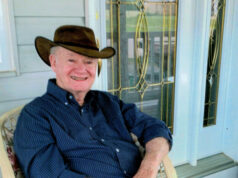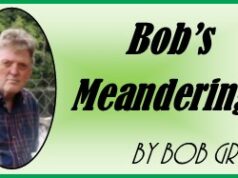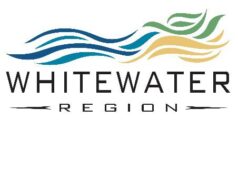PEMBROKE – The Renfrew County District School Board has re-written the way it deals with student concussions, and now the whole province is following the Renfrew County board’s lead.
The RCDSB has recently approved Administrative Procedure 320 – the board’s revised concussion management procedure.
The RCDSB is committed to ensuring the safety and well being of students and staff to the greatest extent possible. AP-320 Concussion Management has been developed to support administrators, school teams, students and their families when responding to and monitoring suspected and diagnosed student concussion-related injuries.
“It is essential, and in the best interest of our children that the school, the home and the medical community work in partnership to create effective concussion management plans,” said Killaloe Public School Principal Therese Narbonne, who was one of the principal architects responsible for updating the RCDSB’s concussion protocol. “Even though we cannot see a brain injury, if untreated the symptoms can last a long time and have detrimental consequences.”
Principal Narbonne says it is of the utmost importance a parent or guardian notifies his or her school if they are aware of their child suffering a concussion outside of school hours.
While only a medical doctor or nurse practitioner can diagnose a concussion, RCDSB educators and staff now have a specific protocol they will follow if they suspect a student or fellow staff member has suffered a concussion.
If a student or staff member is the victim of a head injury, RCDSB staff will ensure the individual seeks professional medical attention immediately. If the injured person is diagnosed with a concussion, principals, teachers and school staff will make sure the protocol is followed and the injured party will not partake in any ‘play’ until cleared by a medical professional – children who return to play too soon, while the brain is still healing, risk a greater chance of suffering a second concussion.
Along with AP-320, the RCDSB has also designed supporting documentation to help parents and schools work together in the best interest of the child and getting him or her back to full health. The RCDSB has developed a two-page Concussion Guide for Parents as well as some required forms such as a Tool to Identify a Suspected Concussion, Documentation of Medical Examination form and a Return to Learn/Return to Physical Activity plan.
These forms, in the event of a concussion, will ensure the parent and the school are on the same page and working together to ensure the child is on the right road to recovery with the end goal being having the student back in class and back on the field returned to play.
Any child with concussion symptoms should be at home resting. Cognitive rest includes limiting activities requiring concentration and attention (e.g., tests, written assignments, reading, texting, television, computer, video/electronic games). Physical rest includes restricting recreational/leisure activities such as biking, play wrestling and competitive, physical activities. If your child goes back to activities before they are completely better, they are more likely to get worse, and have symptoms longer. Even though it is very hard for an active child to rest, this is the most important step.
The RCDSB is able to support your child’s healing when we work as partners. For more information on how the RCDSB deals with concussions, AP-320, the accompanying parental forms and the two-page parents’ guide, visit www.rcdsb.on.ca.






![Kenopic/Smith Auction [Paid Ad]](https://whitewaternews.ca/wp-content/uploads/2018/10/advertising-100x75.jpeg)

